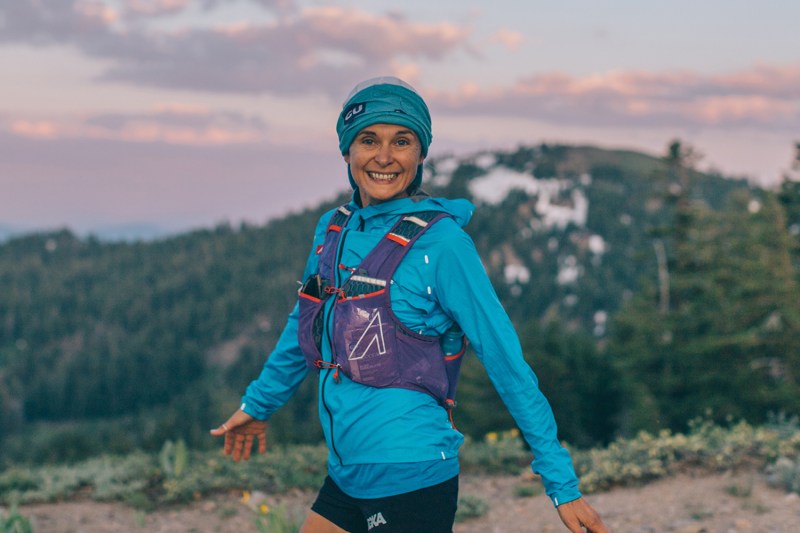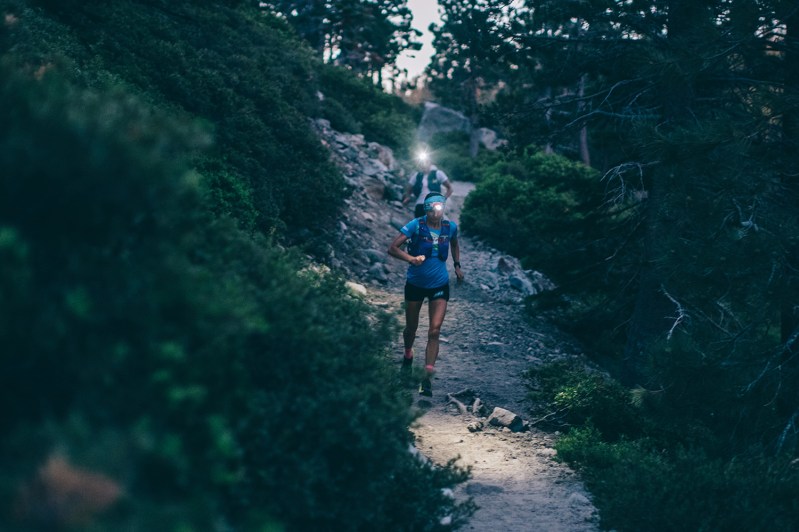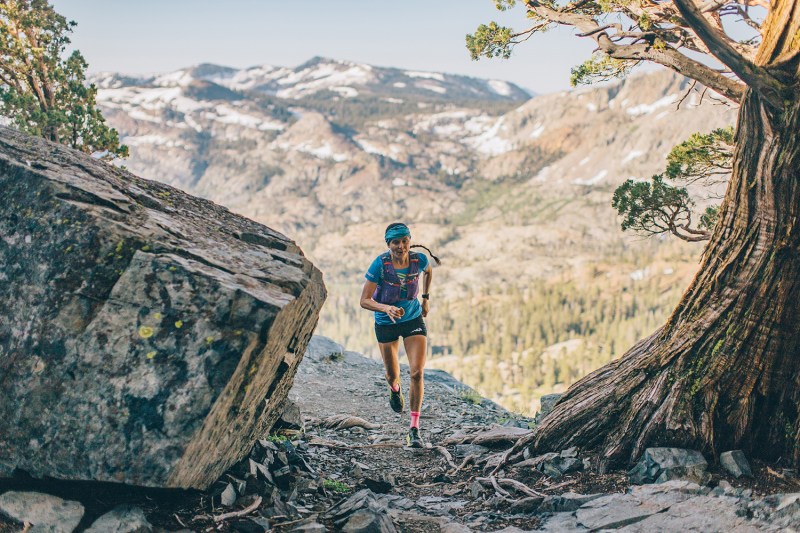If you’re building a bridge, hire a civil engineer. If you’re getting a triple bypass, find an experienced surgeon. And if you’re trying to get fit in 2020, you can learn a lot from Magda Boulet.
Her qualifications are staggering: Magda was a collegiate All-American, has a Masters in Nutrition Science, spent a decade as one of the top marathoners in the country, and qualified for the 2008 U.S. Olympic team. For the last seven years, she’s been one of the top ultra-marathoners in the world, including wins at the two most competitive 100-mile races in the country, Western States and Leadville. At the same time, Magda has spent the last 16 years working at GU Energy Labs as the Vice President of Innovation and R&D and running a coaching business on the side. Simply put, she knows a thing or two about training.

While the Internet is saturated with training plans, basic nutrition advice, and gear recommendations, a lot of these tips and how-tos are pretty similar — and often hard to apply in the real world. We asked Magda a collection of questions and learned quite a bit that was new and unique.
The Manual: You just got back from a 30-mile training run. Besides the standard snacks like gels, chews, and stroopwafels, what did you bring?
Magda Boulet: For runs this long, I’ve recently started packing an almond butter sandwich with potato chips. Nice to have something savory to mix into the collection of sweet things.
TM: Do you have a preferred pre-race breakfast? If so, what is it?
MB: Sure do. I almost always go with a GU Stroopwafel topped with almond butter and banana — and strong black coffee, of course.

TM: I’ve seen arguments on both sides. Is it OK to drink coffee before a run?
MB: Yes! Coffee and other caffeinated beverages are fine for most people, but it ultimately depends on the person. And timing is crucial. For many of us, coffee plays a crucial role in encouraging to poop soon after consuming it (unfortunately this benefit does not apply to other caffeinated drinks), which is better before a run than on it. In addition, the caffeine in coffee can shift muscles to itemize fat more efficiently, which can preserve limited glycogen stores and in return delay fatigue. Caffeine also makes hard effort feel less painful. For me, maybe most importantly, the ritual of making coffee before my run is what adds to the entire experience and makes it more fun.
TM: What’s a training tool that most people don’t know about but could benefit from a lot?
MB: There never is a silver bullet for everyone, but I do love my weight vest. As an ultramarathoner who works a full-time job and does most of my training in the flatlands around the Bay Area, I look for alternative ways to change my routine that more closely simulate the trail races I’m running with a tremendous amount of climbing and descending. This means adding resistance in a creative way to build leg strength that isn’t just more miles, and a weight vest is a great way to do that. I wear it when I hike trails with my son or walk my dog at night. I frequently will wear it for several hours in a row at work, walking around the office or doing squats at my standing desk. It’s very efficient strength training for busy professionals!
TM: What is a lesser-known but important tip for distance training?
MB: Training your gut is just as important as training the rest of your body. Foods like plain greek yogurt, kimchi, and kombucha will help build up the good bacteria in your stomach. Ultramarathoning is really hard on your system and this will allow you to keep eating through hard races.
TM: Do you have a favorite of the three?
MB: That’s so hard, but I would pick kimchi. I just love cabbage and savory dishes with unique spices and I could have kimchi with lunch and dinner every day.

TM: Boil it down for me. What’s the best fitness tip you’ve ever gotten?
MB: My longtime coach, Jack Daniels, told me early on that rest is a big part of training. Many athletes assume that training every day is necessary to improve. That’s definitely true, but you need to remember that rest days are just as important as training days in extending longevity and health.
TM: What’s the best fitness tip you’ve ever given?
MB: That’s hard to say. One of the most common is that perfection gets in the way of progress.
TM: Any tips for fitting training into a busy life?
MB: It often comes down to priorities. I try to encourage my athletes to try run commuting. I run to work most days of the week and love it because it allows me to sleep in a little longer and have a cup of coffee with my husband instead of sitting in my car in traffic. This also forces me to run home when I’m mentally tired after a workday, which is great for mental strength but also destressing from a busy day.

TM: You’re a mom, a VP of a company, and an elite ultra-marathoner. How do you make time to train?
MB: The key here is that I make time, but it’s not always easy. I love my job and I look forward to going to work every day. My little family is my biggest joy and my biggest priority so I have some non-negotiables when it comes to family time. For example, I don’t miss dinner time with my family, but because I get out the door early in the mornings to run I often miss out on some morning activities with my family. The upside is that I can dedicate myself to something that is very dear to me and I hope that everyone around me can indirectly benefit from my dedication to running. Running is my superpower; it gives me confidence to tackle big challenges in my life and makes me resilient. Being able to run makes me a better person, more efficient at my job, a kinder mom and wife. Everyone wins because of running in my life.
TM: To stretch or not to stretch?
MB: I strongly advise new and experienced runners to incorporate active isolated flexibility (also called AIF) into their pre and post-run routine, whenever possible. Pre-run AIF will better prepare you neurologically for your activity allowing for greater effort and range of motion. Post-run AIF can help restore range of motion and reduce delayed onset muscle soreness. I learned AIF from the one and only stretching guru Phil Wharton and it definitely contributed to my athletic success and longevity in the sport.
TM: What do you think about while running long distances?
MB: To be honest, most of the time nothing. I just zone out. These days because of my busy life, I crave to be present and run in the moment. I listen to my surroundings, my footsteps hitting the ground, birds making noises or the wind blowing between tree branches There are times where I problem solve whether it is family or work problems on long runs. Running allows quality processing time for everyone.


